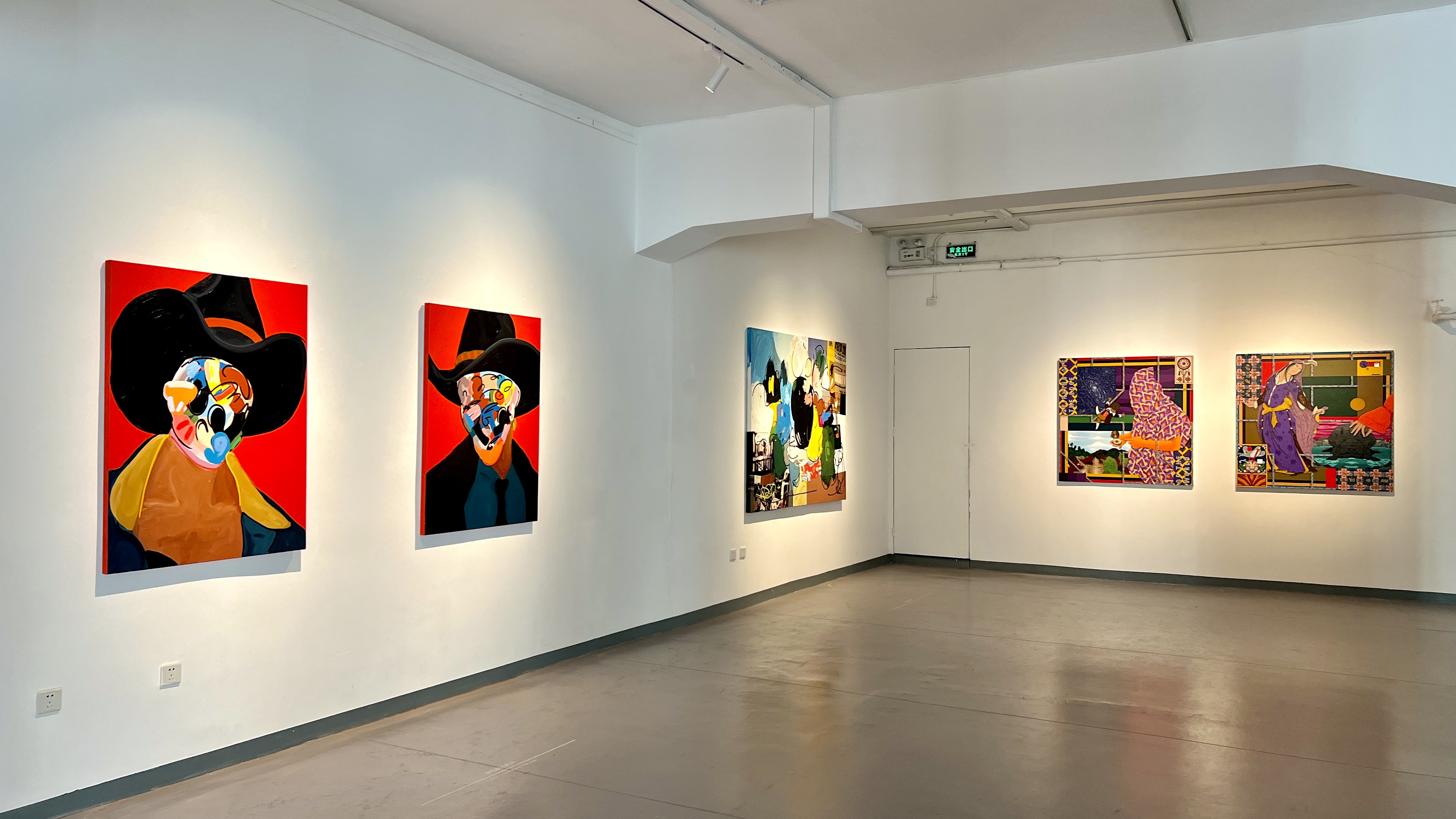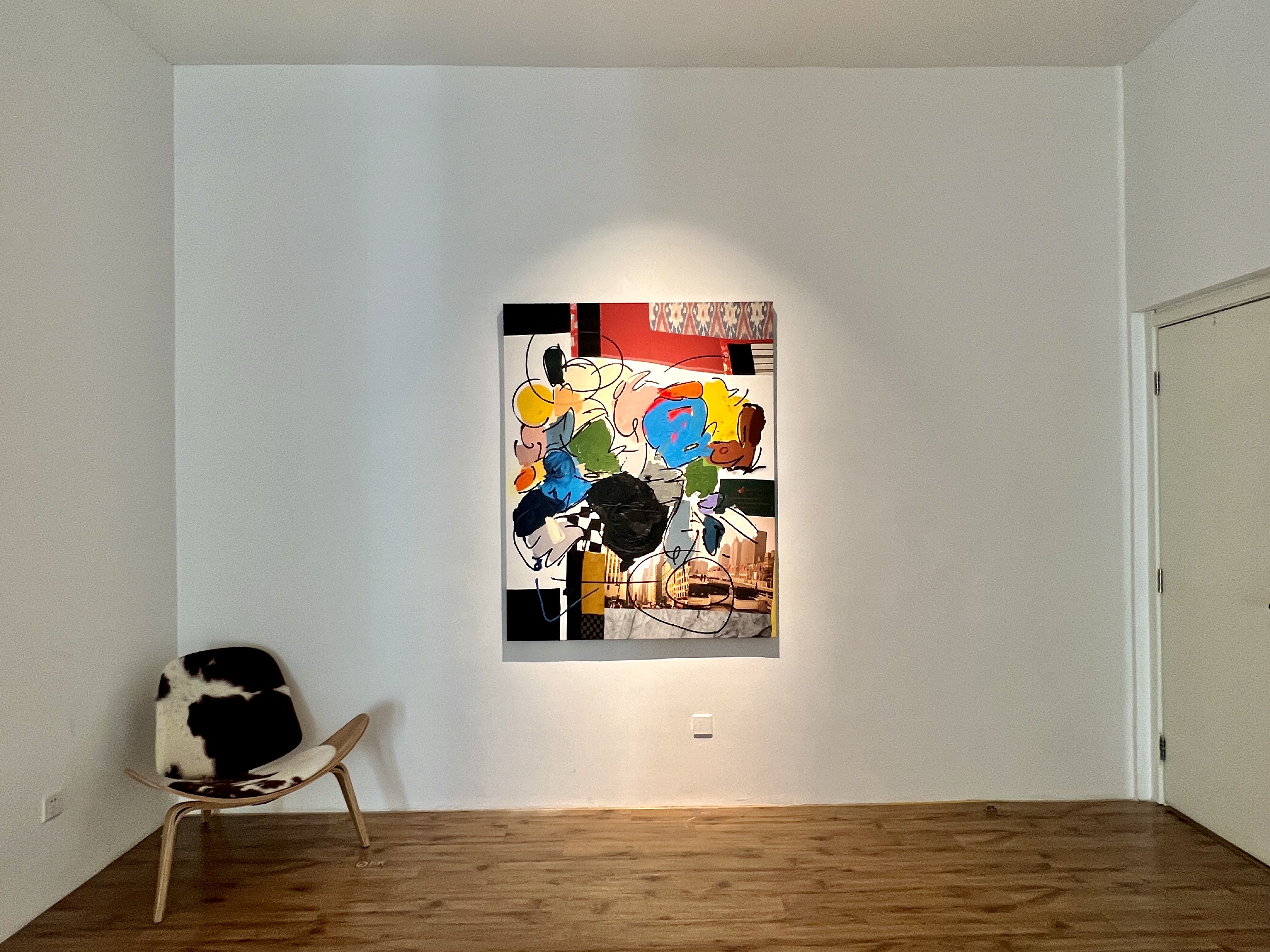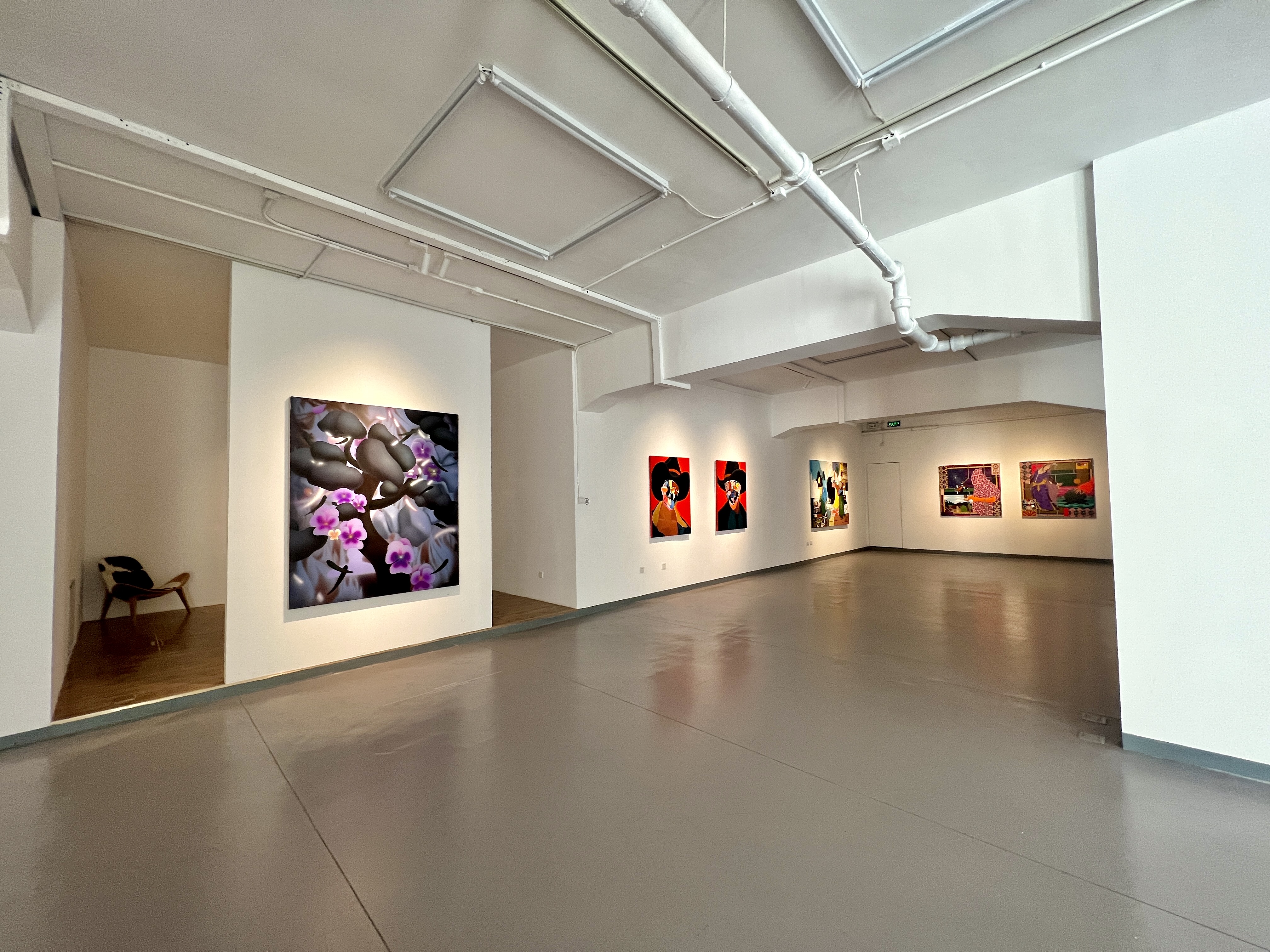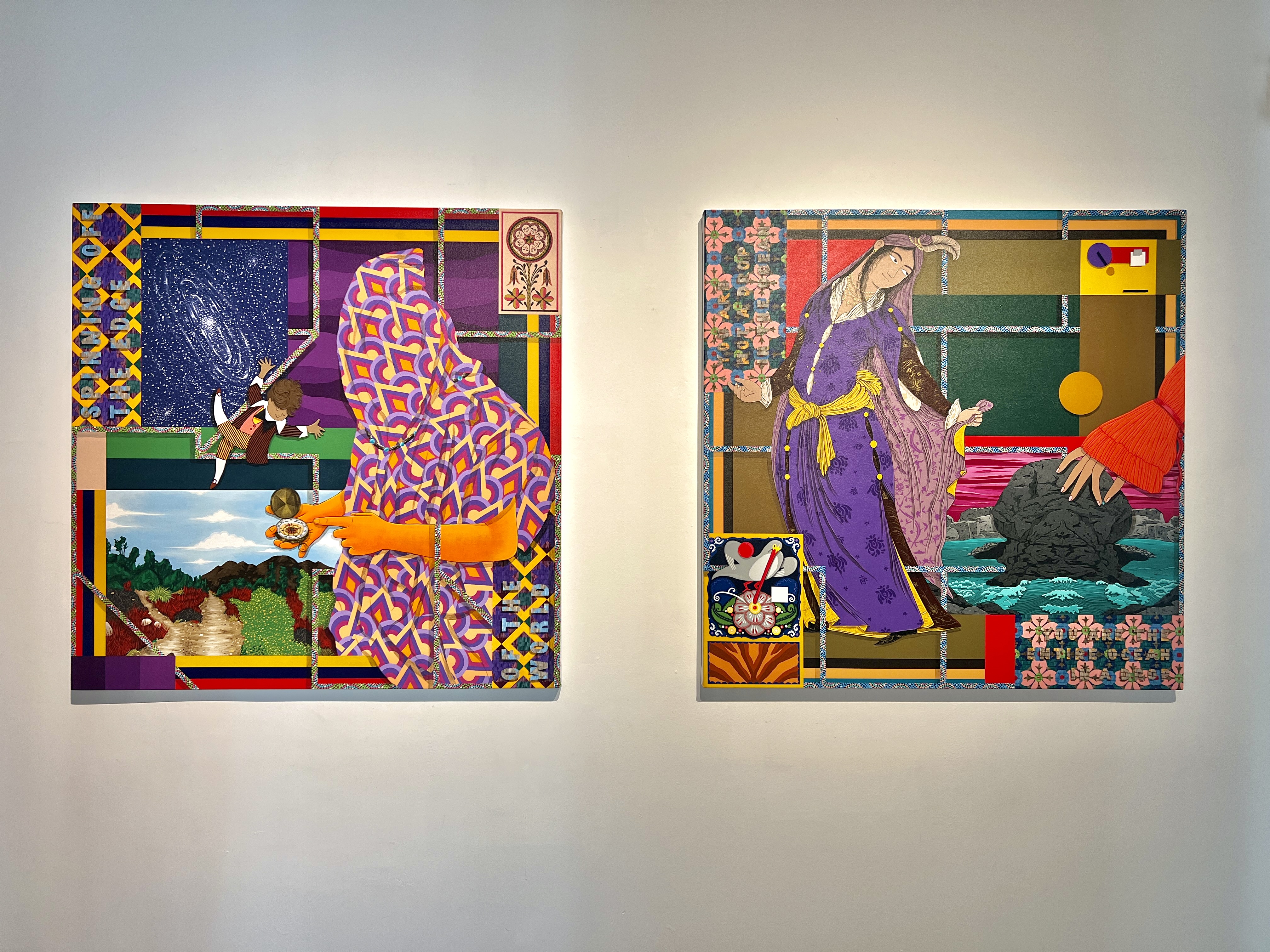


The prosperity of culture often leads to uncontrollable, the lies of desire are always covered with the cloak of sacredness, endless carnival and ceremony carry the pleasure of leading to nothingness, and the world is like a never-ending spiral, spinning again. In this grand dream, the artist, like the speaker under Heidegger's pen, cast respect and sympathy to the late ancient times.
About 2,300 years ago, Alexander the Great, with his epic war achievements, completed the territorial expansion from Greece to the Indus River plain. At the same time, he took the civilization born in Greece and opened the cultural "Hellenization" era in the vast territory of the Macedonian Empire across Europe, Asia and Africa.
In such a city full of dreams, there are more museums than temples, and the shape and structure of theaters and libraries have become extremely large. Under the guidance of rulers and the collision of civilizations, Alexandria has become the most prosperous ancient capital of culture. "Art" here becomes a new religion, transcending worship, ethnicity, political party, territory and nation, offering a new transcendental experience.
But when the city became enormous, entertainment expanded at an unprecedented rate, and the pursuit of gambling and clowning became feverish... The power and dignity of being human are gradually dissolved, and everything seems to be again the "city turned into a stage" in the tragedy of the Greek ancestors, a Hellenistic parody, but also an imitation of modern modernism, to use the more familiar reference, Guy Deboer's "landscape."
In this exhibition, we also hope that through the invited artists and their works, this kind of mapping from the late city-state civilization to the modern city:
Emile H. Farah, who was born in Iran and lived in the United States, repainted the patterns with strong West Asian national characteristics in his paintings utilizing collage combination, and conveyed his re-recognition of his own identity in the form of portraits. Together with his questioning of Western modern civilization, he expressed his questioning without knowing where to go.
Hou Jianan deepens the depiction of transient pleasure brought by modern urban consumer culture in his works. As an artist, he does not choose the commanding heights of values for so-called criticism. Still, he takes pansy, which can evoke empathy, as the main body of the picture, giving a differentiated picture presentation of common objects in life, and arousing the viewer's reconsideration in the symbolic sense of spatial heterogeneity.
Joni Hittwood, who also lives in the United States but has Brazilian ancestry, continues his creative habits when he was young and poor. He combines clothes, sheets and pieces of canvas, hand-sews them into large canvases, uses fabrics with traces of life as the painting base, and combines scenes with symbols and abstract strokes from his own life experience. It reinterprets memory and history through images.
Born in the early 1980s, the maturity of Rodin's visual experience cannot be separated from the catalysis of the free air of the millennium. The collision of popular culture and emotion makes his pictures jump out of the narrative frame, and simulates the mind as a kind of situation constitutes the main presentation of his pictures. They point to the inexpressibility of life with the dual symbol of image and language
In Wang Yi's recent paintings, journey and fairy tale fables have become the main themes of the picture, and the "image" and "narrative" based on them are the theme and focus of overlapping, sawing and merging with each other in the process of his creation. The artist is just like Don Quixote, who expresses himself with few words but images, showing those magnificent adventures and colorful scenes in the picture


